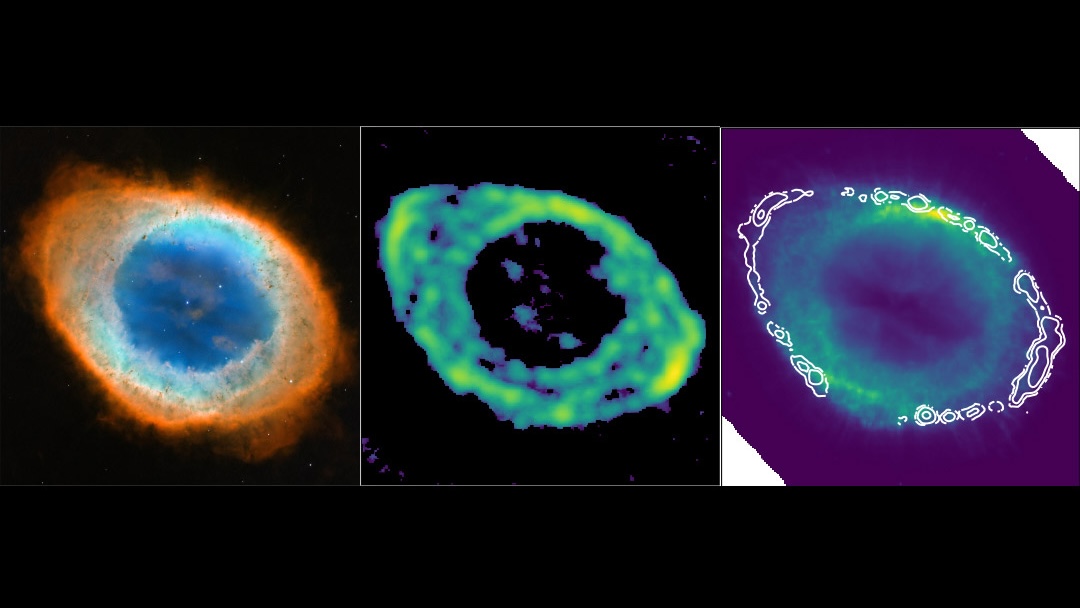Mostly Mute Monday: The Beauty Of Reflection Nebulae
A blue cosmic curtain can only mean one thing.
“Life is a mirror and will reflect back to the thinker what he thinks into it.”
-Ernest Holmes

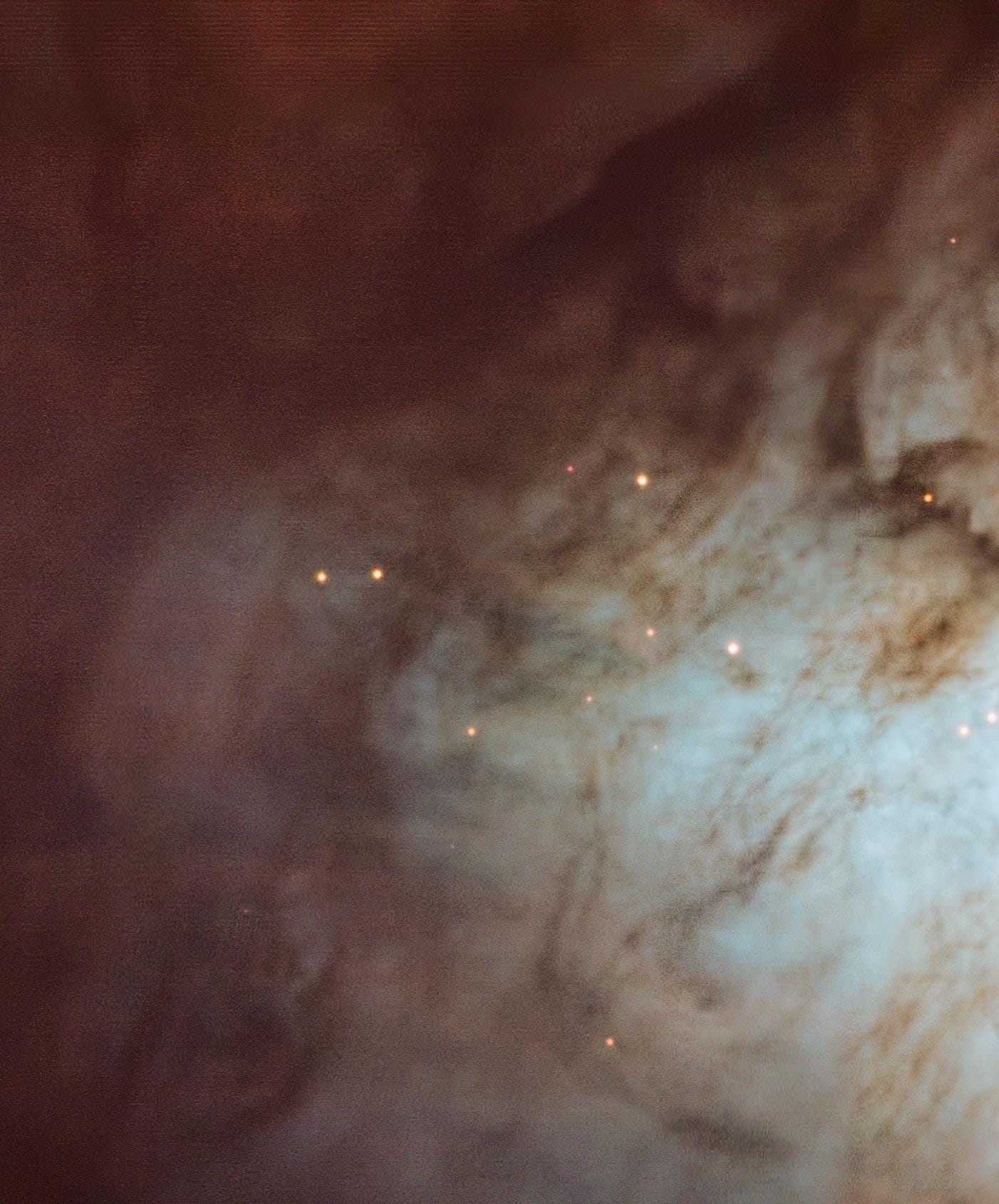
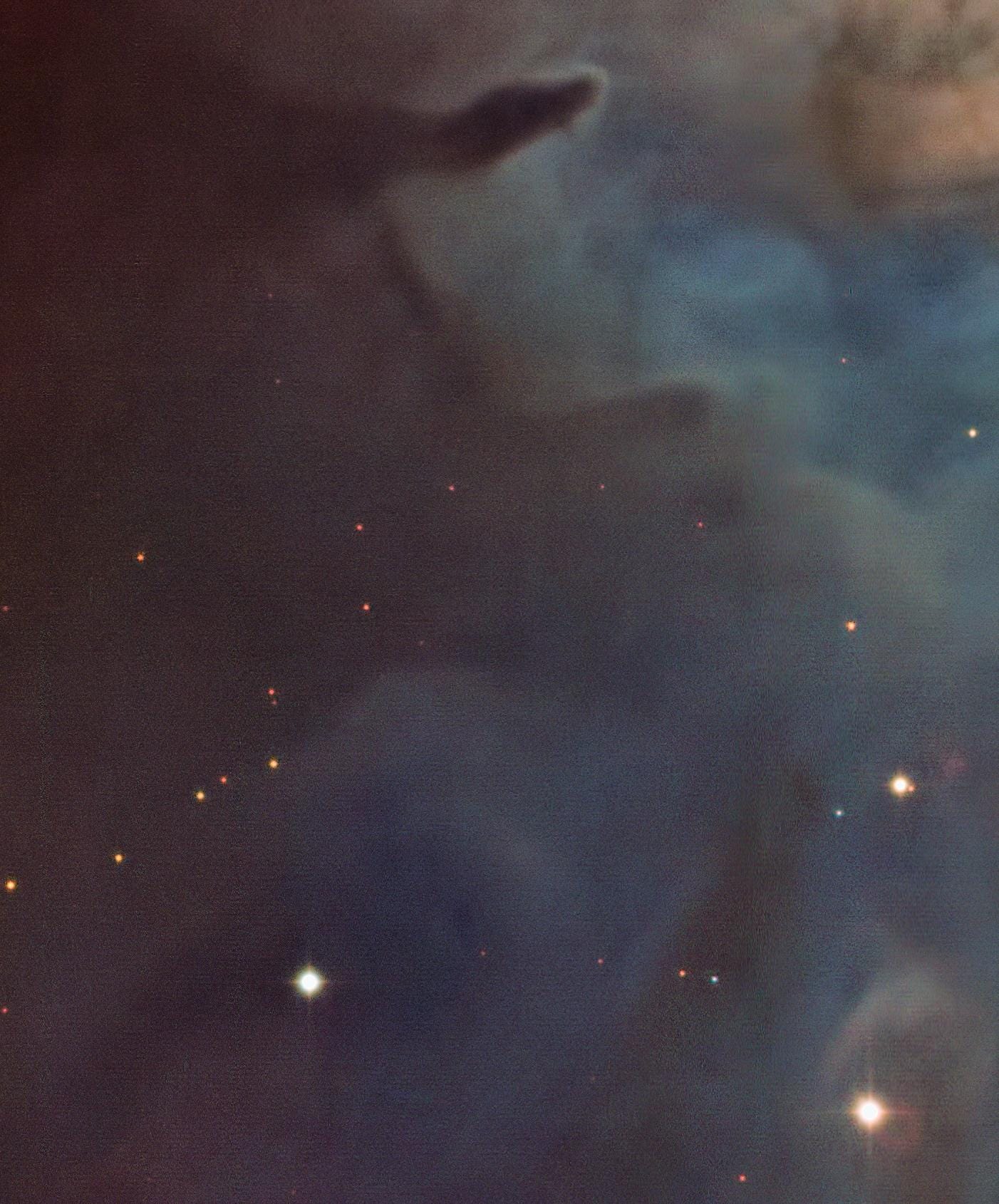
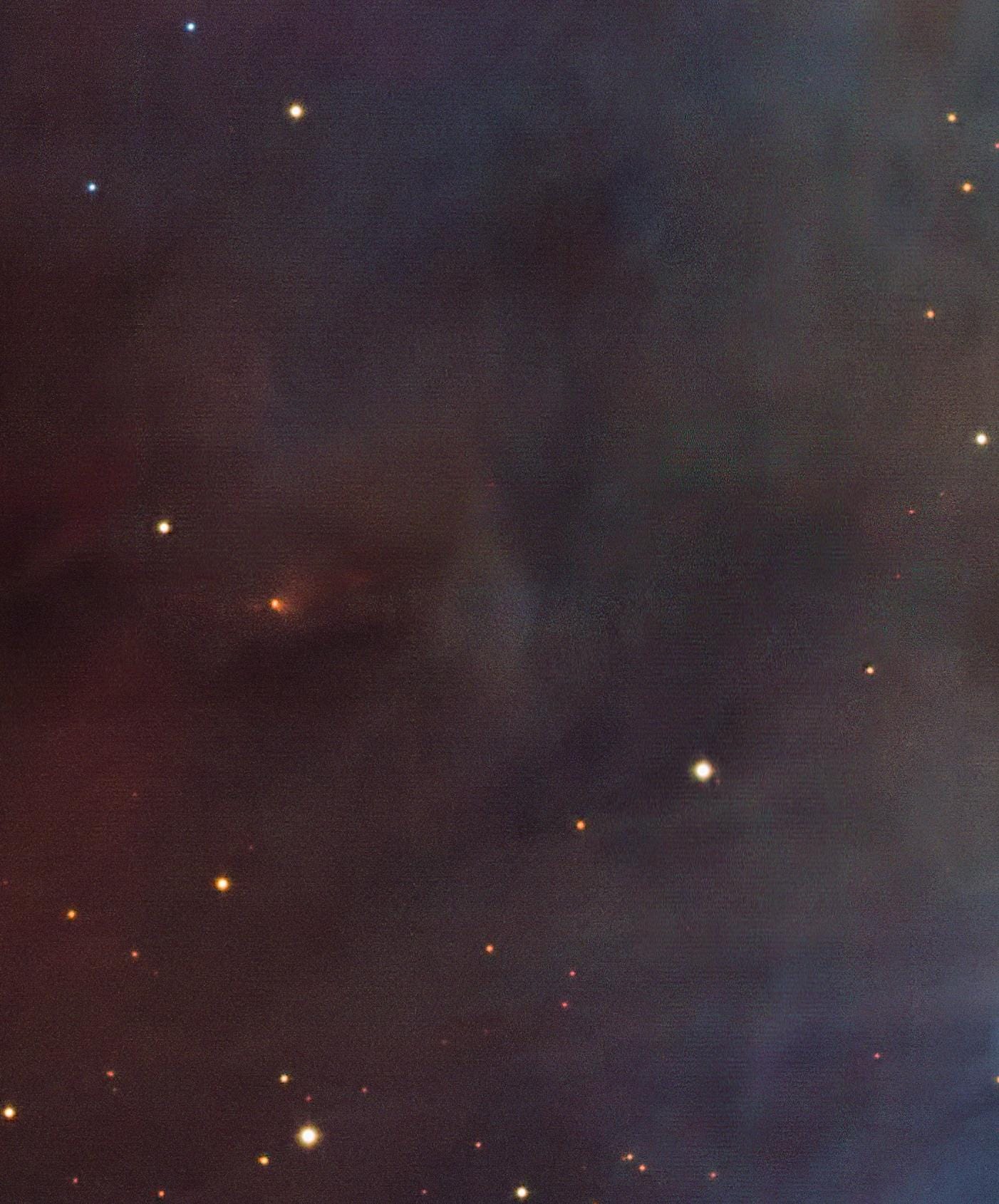
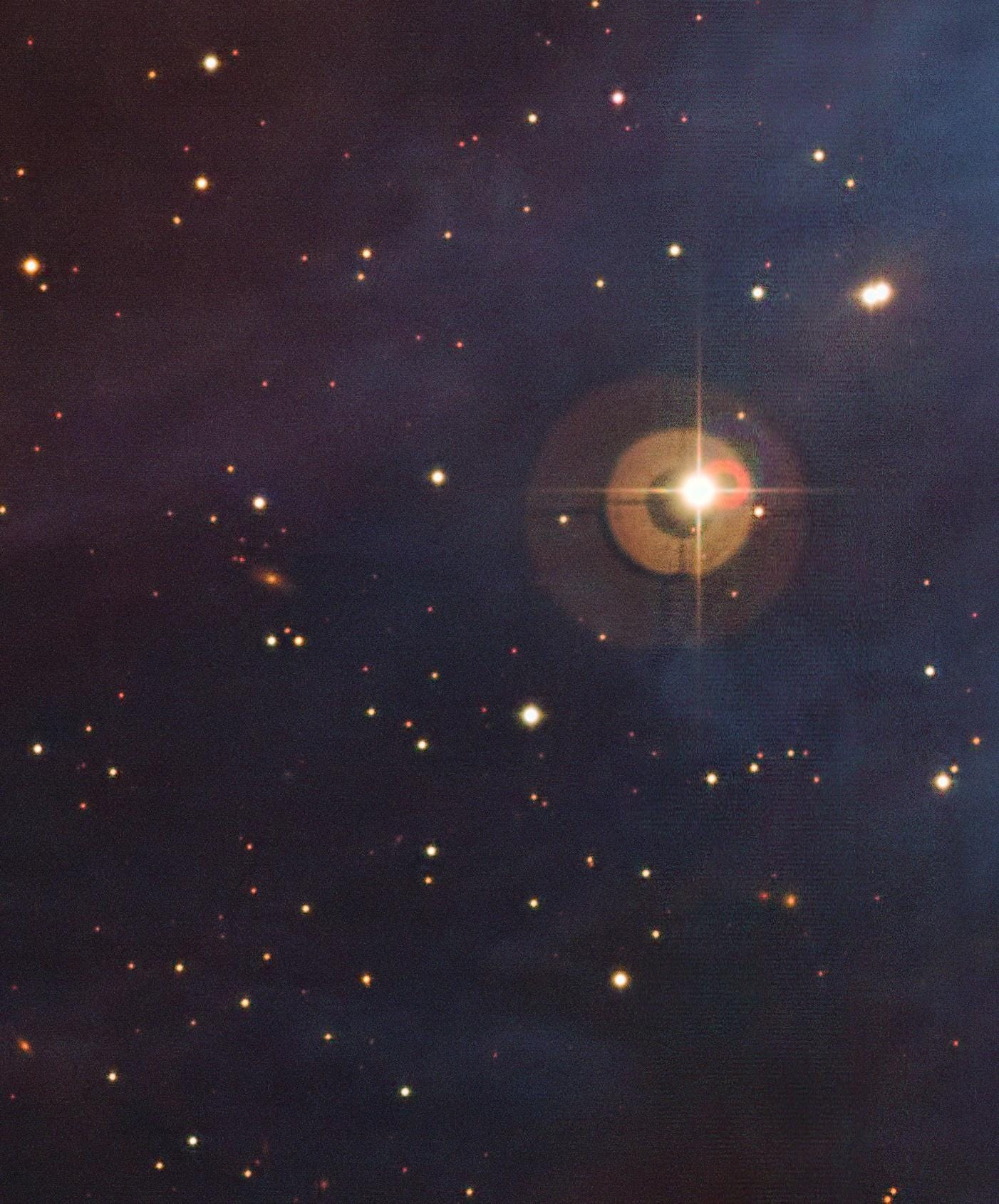
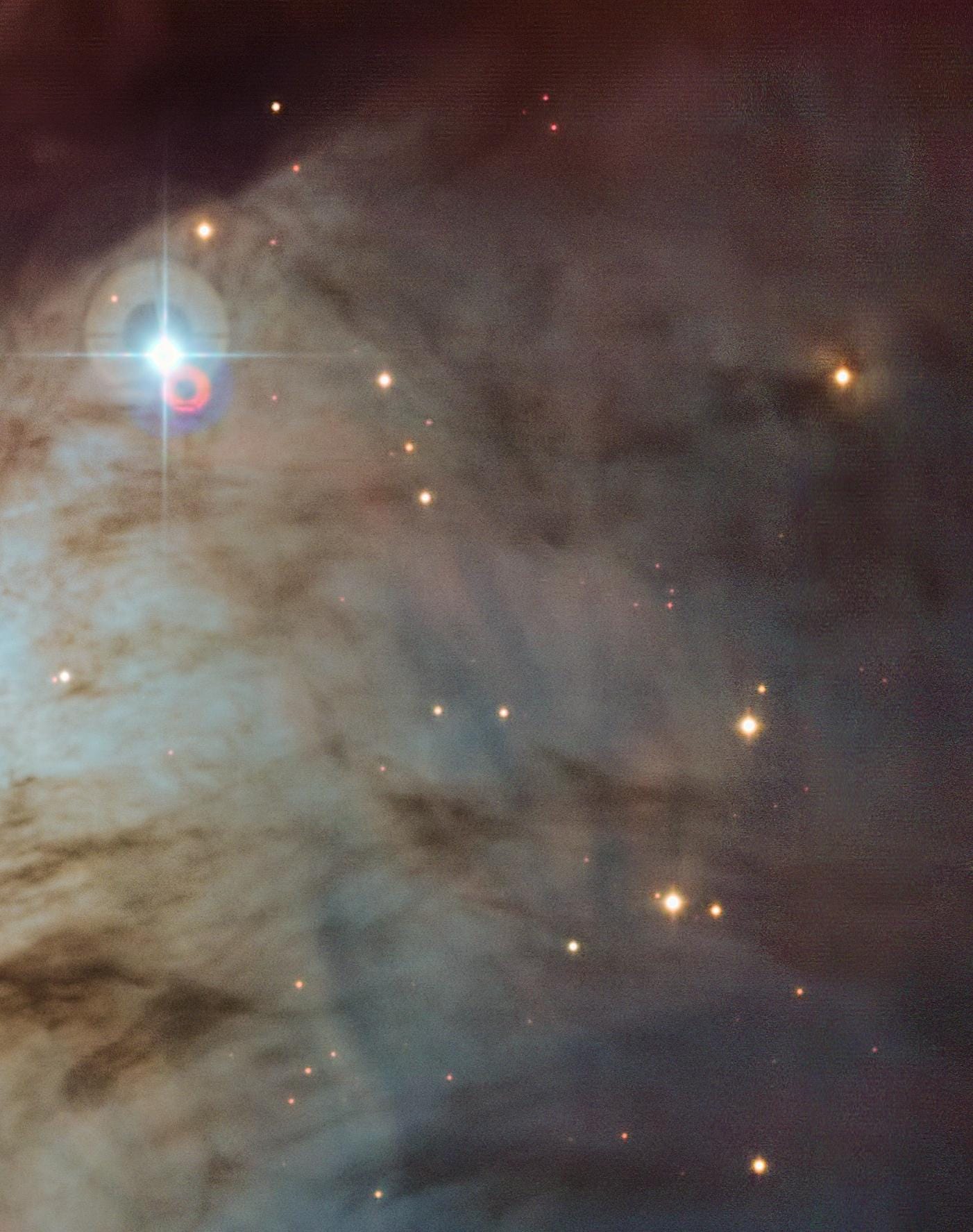
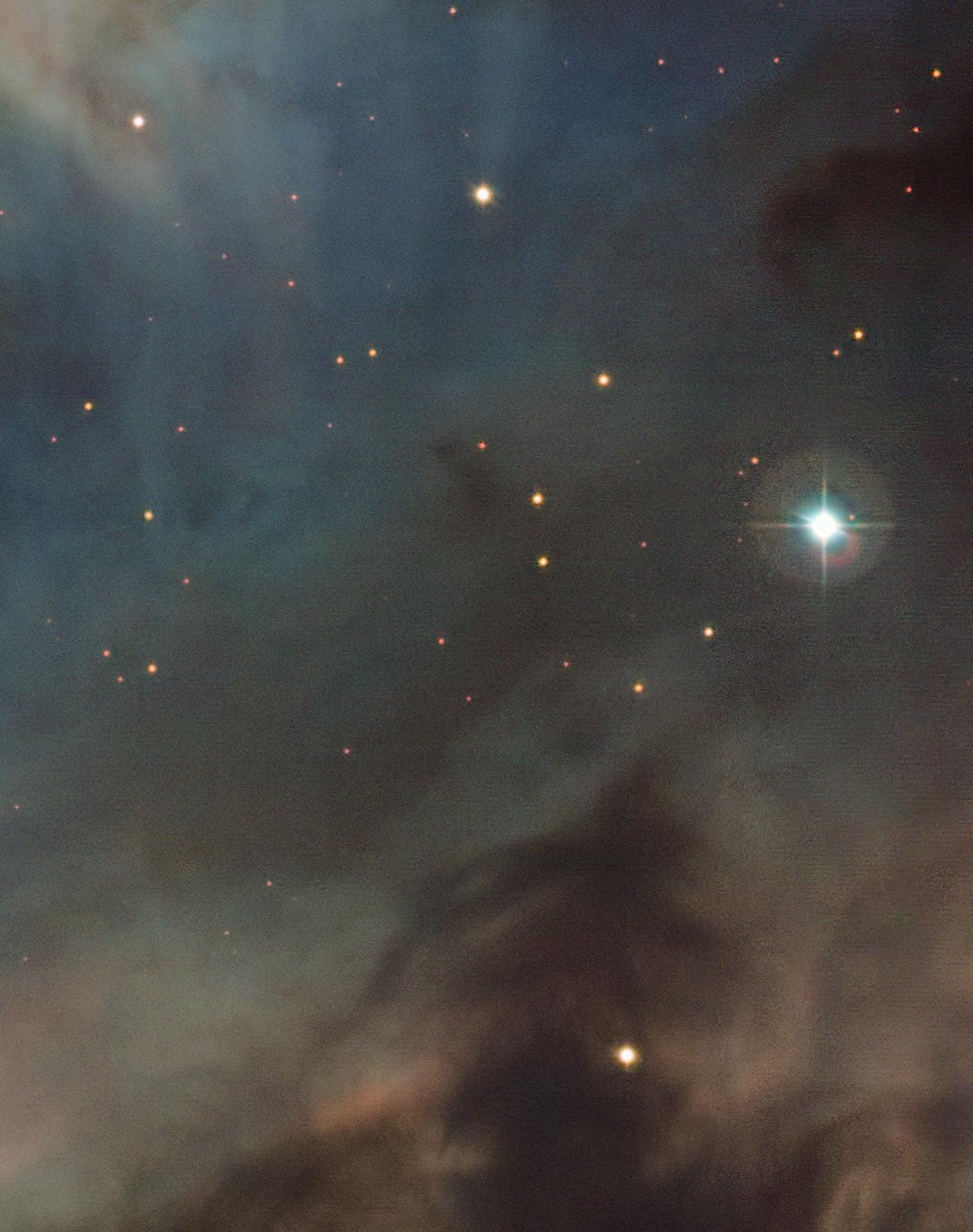
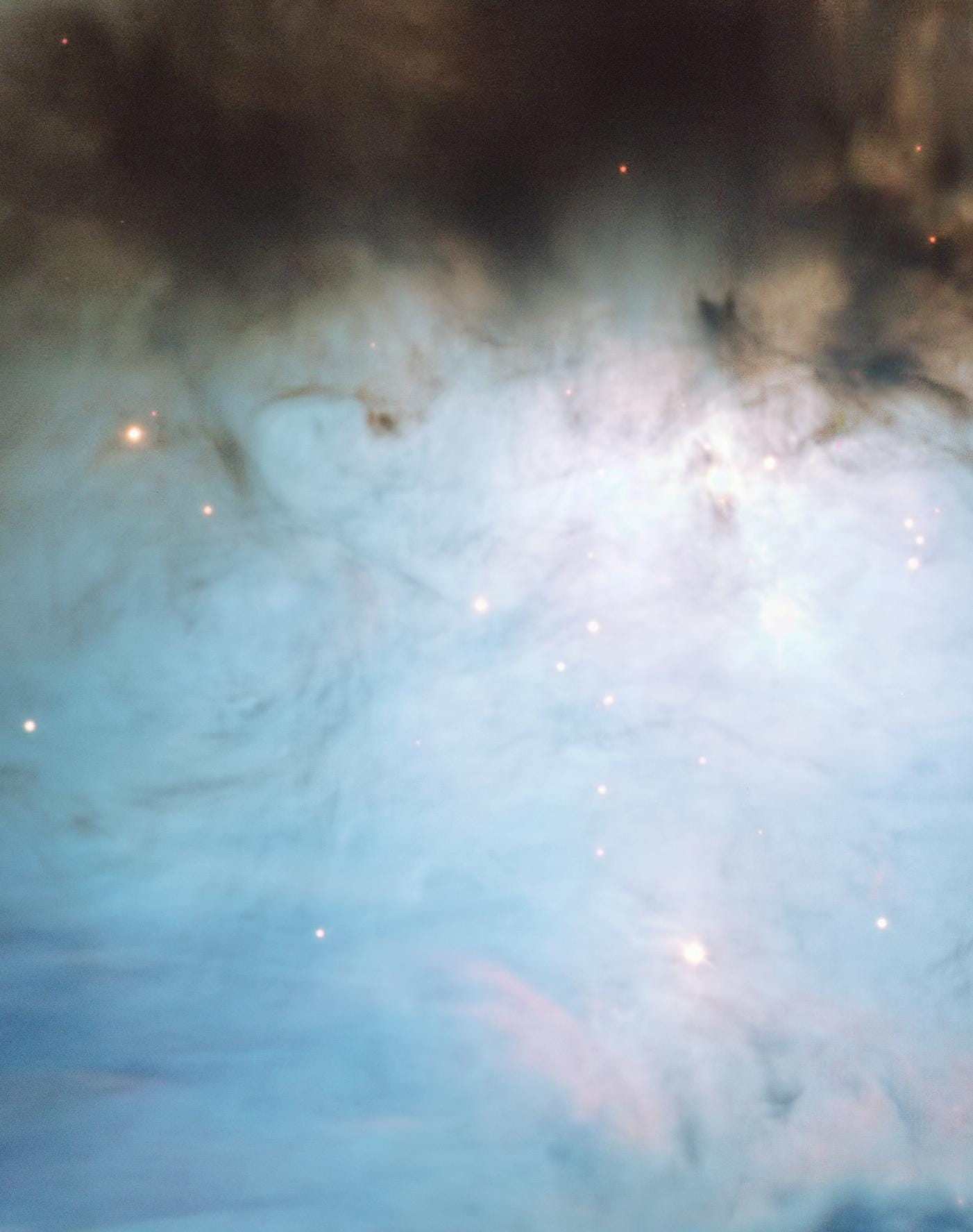
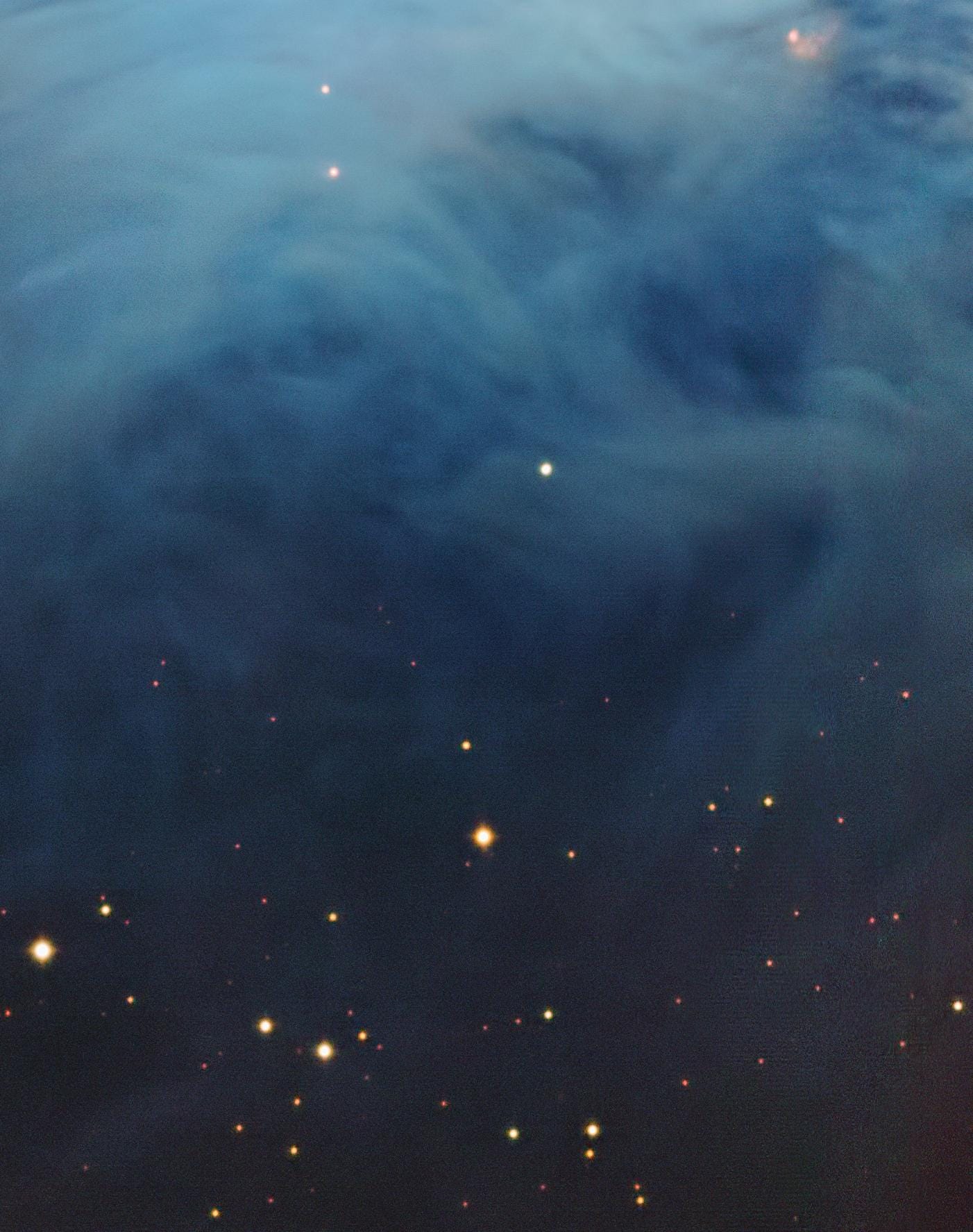
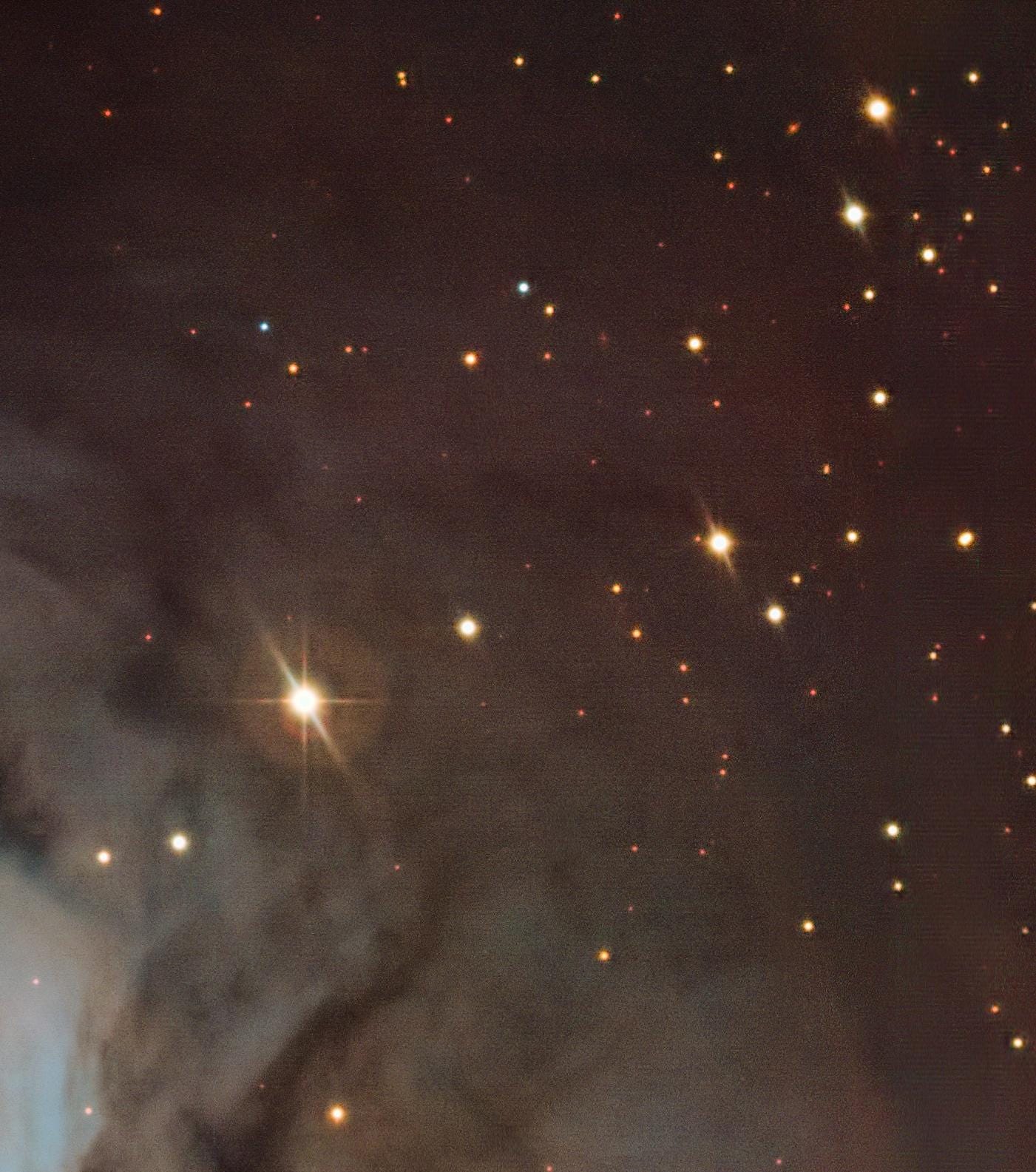
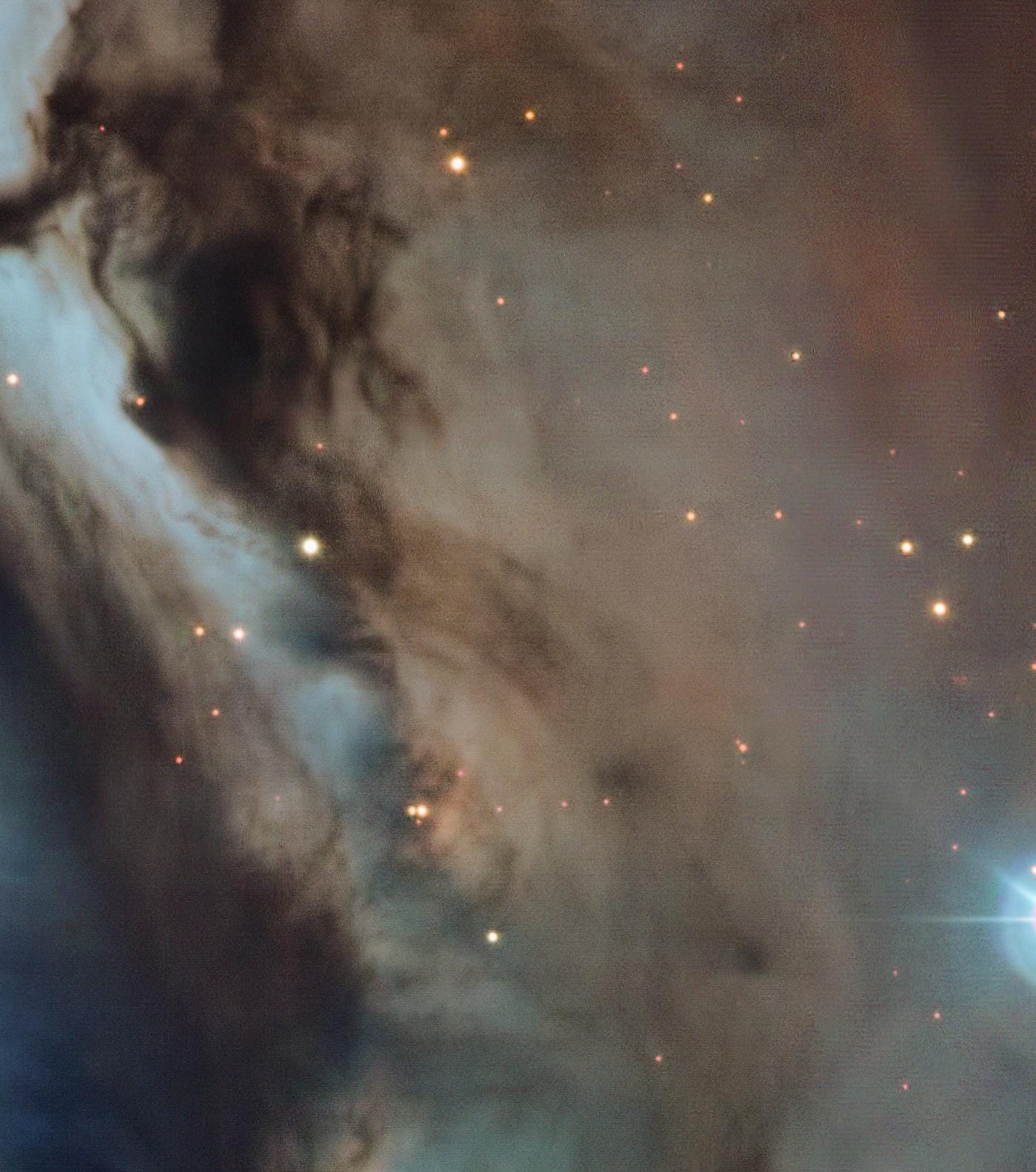
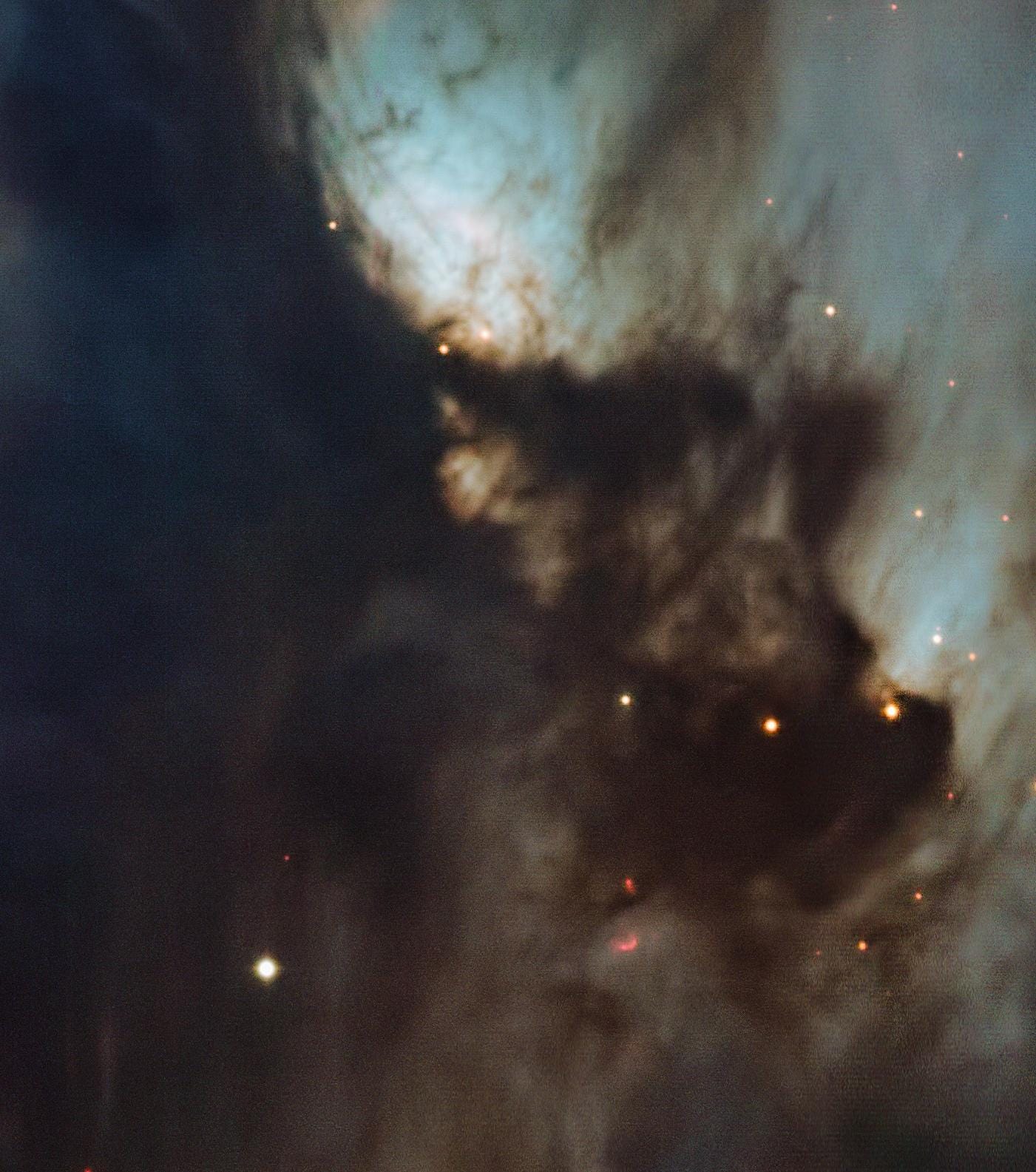
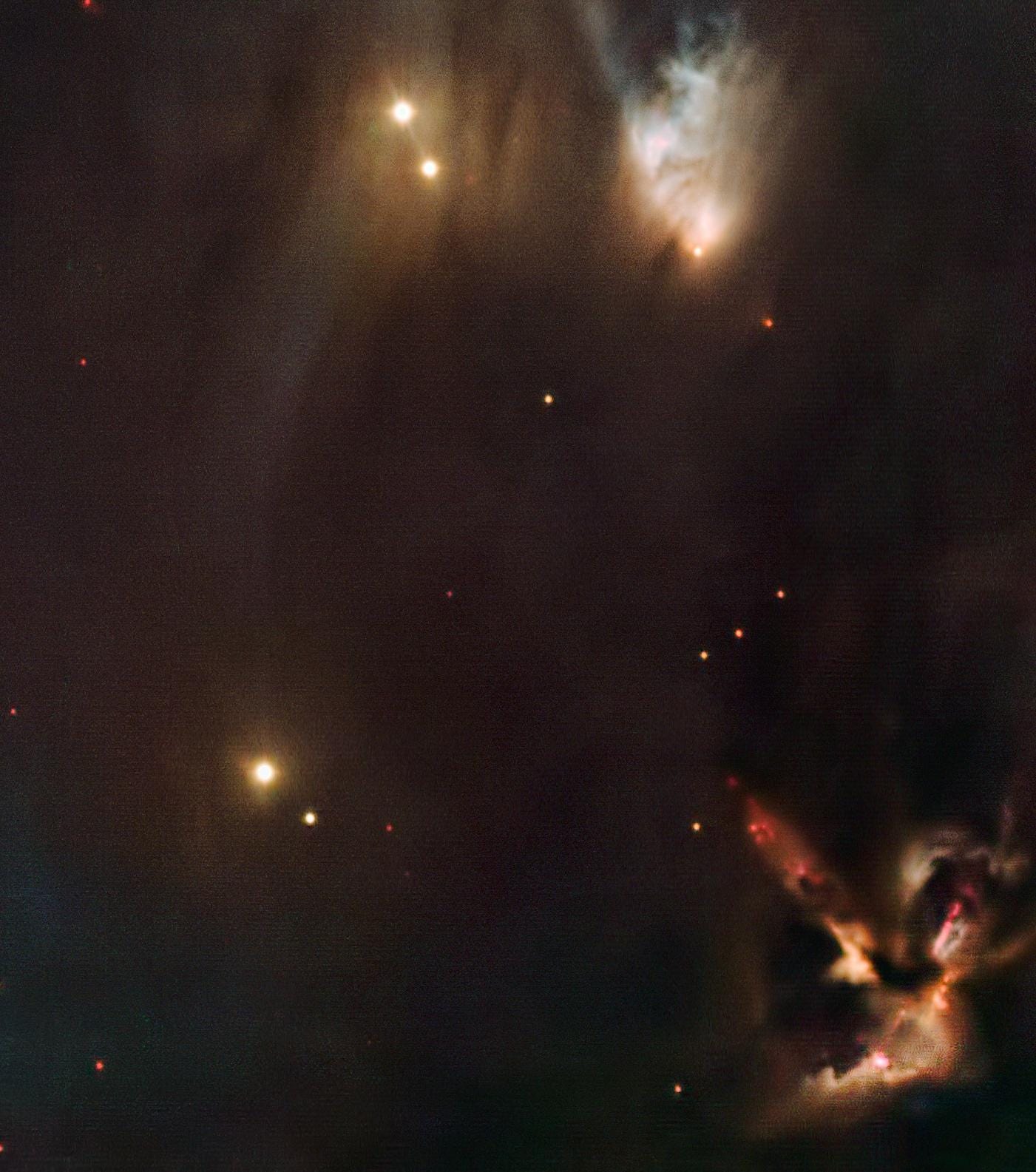
In visible light, there are cloudy regions — nebulae — in space that appear a bright blue color. But this isn’t gas that’s actually blue, but rather neutral, dusty material that’s reflecting the bright blue light from nearby, newly formed stars. These reflection nebulae are always blue in color, and are found alongside bright, young star clusters.
This is a contrast to the emission nebulae that take on a reddish color as ionized hydrogen gas becomes neutral. If your temperatures are high enough, your hydrogen will lose electrons thanks to the hot radiation, and form an emission nebula when the atoms become neutral again. But if the hydrogen can be stably neutral — either far enough away from the UV-emitting stars or with those stars having an insufficient flux to ionize a significant portion of the gas — you get that blue reflection color.
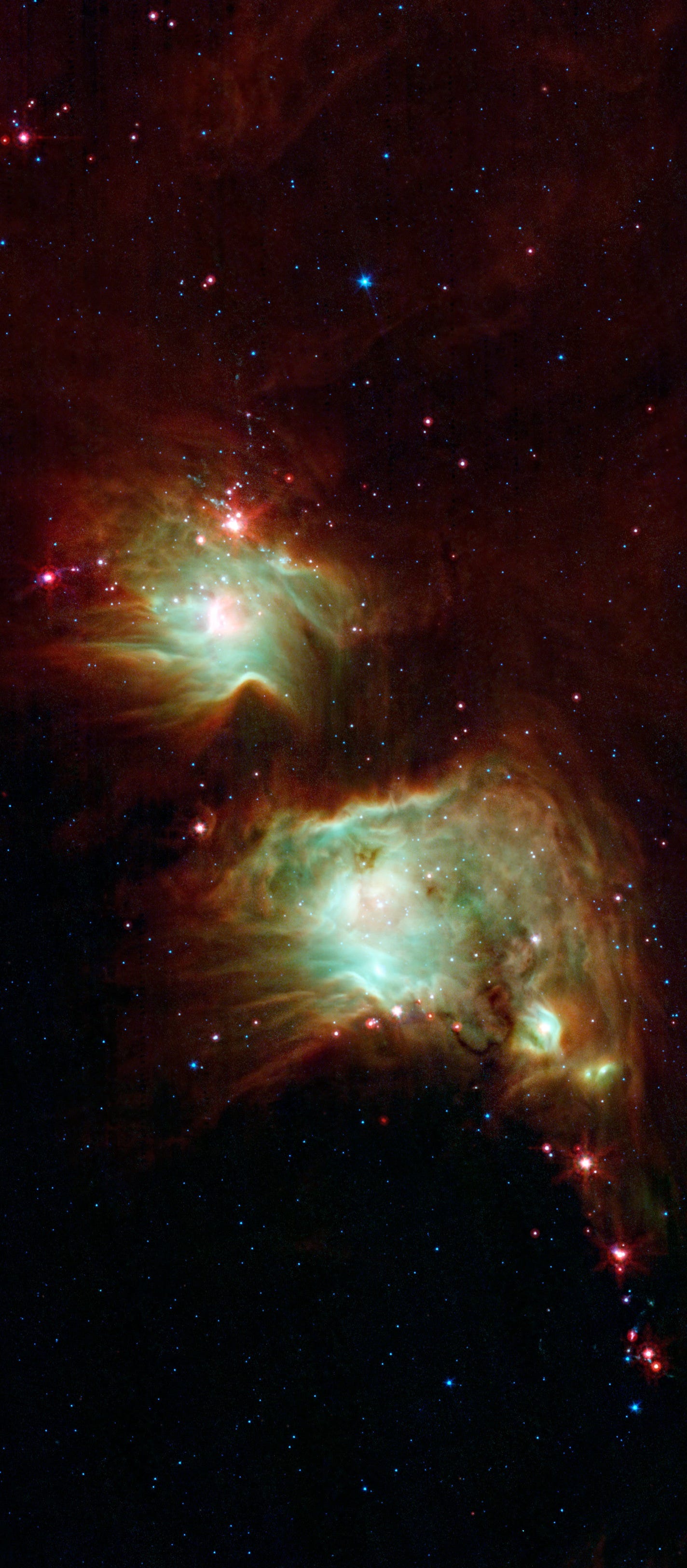
The infrared image (above) shows the clusters of new stars forming inside, as well as revealing that the visibly opaque regions are locations where stars are still forming in the heart of the reflection nebula. This one, Messier 78, lies on the outskirts of the great Orion molecular cloud complex. Combining visible and IR views (below) lets us see it all.
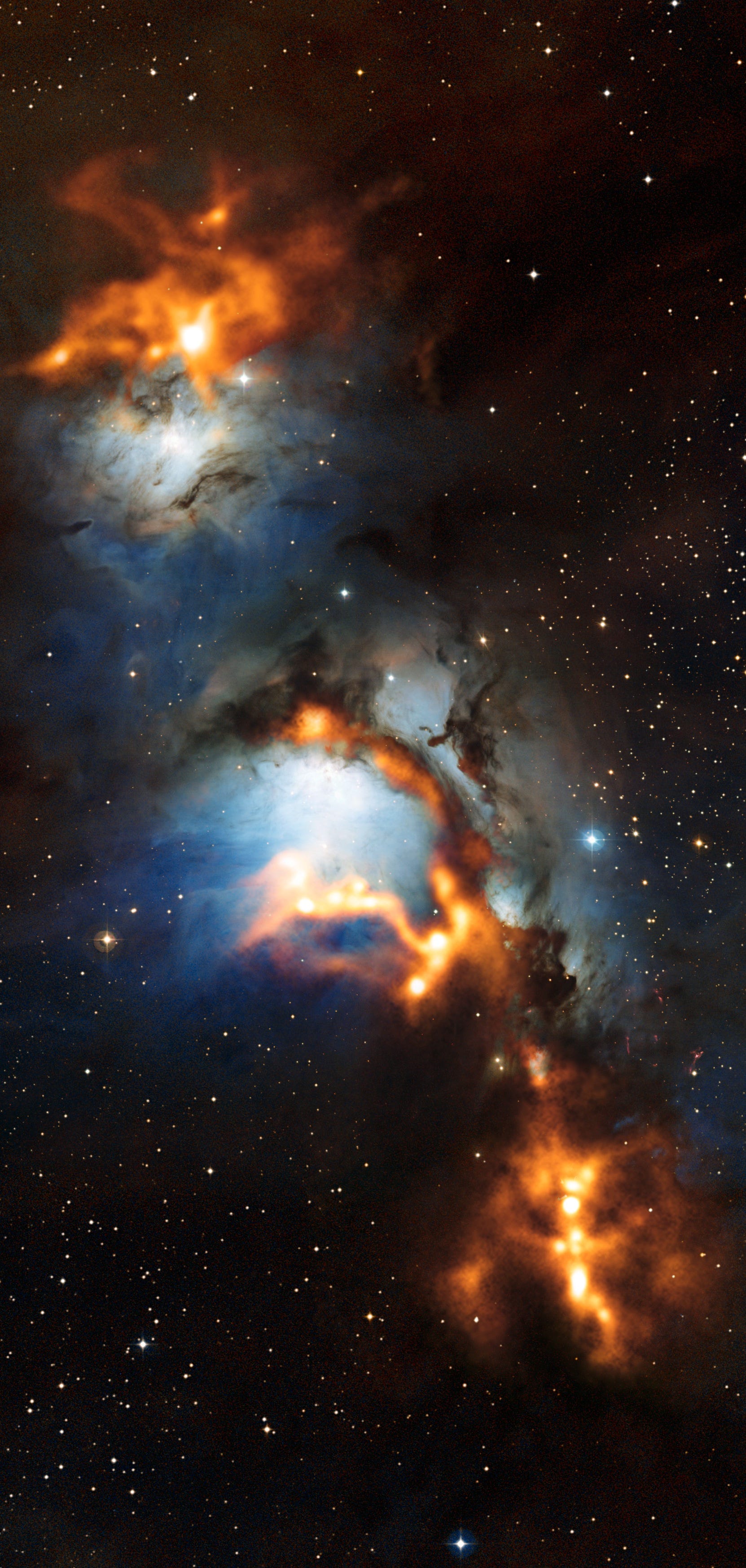
Mostly Mute Monday tells the story of a single astronomical phenomenon or object in visuals, images, video and no more than 200 words.
Leave your comments on our forum, and support Starts With A Bang on Patreon!

